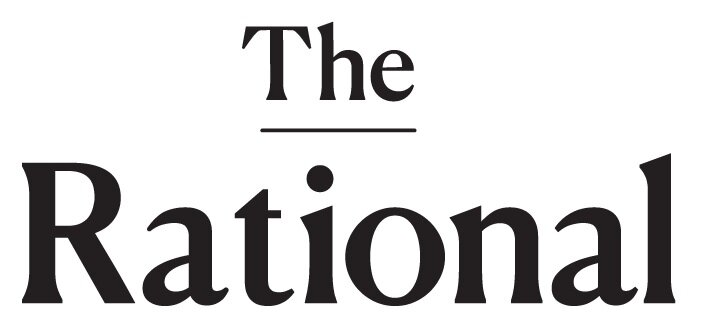The U.S. Government Shutdown
Where partisanship harms, not helps, the American people.
Credit:
Ben Hershey
During the partial US government shutdown, hundreds of thousands of federal employees were working without pay, residents across the country were at risk of losing their homes, and important government entities were experiencing major disruptions. The country hit its breaking point when five major airports in the US reported massive delays, including Hartsfield-Jackson Atlanta International, which is known as the busiest airport in the world.
A mere few hours after the Federal Aviation Administration declared overwhelming flight delays at airports across the US, President Donald Trump finally announced a short-term deal had been reached to (temporarily) reopen the government. In total, the government shutdown lasted 35 days, making it the longest ever in US history. But how does an entire country’s government shutdown and what does this temporary reopening mean for the US? Let’s break it down.
What is it?
The US government is certainly not the only one in the world that has gone through turbulent times, but the act of a government shutdown is a uniquely American thing. It happens when the US Congress fails to appropriate funds for the upcoming fiscal year. Congress is made up of two chambers: the House of Representatives and the Senate. Both chambers hold a number of Democratic seats and Republican seats, which means there has to be an agreement between opposing parties for any legislation to be passed, such as approving government funds. So, when Congress is unable to appropriate funds—mostly caused by partisan politics—the government can essentially deadlock and shutdown. This year, the government shutdown was caused by the fight over Trump’s $5 billion border wall. Critics have likened it to a hostage situation because the shutdown hinges on the actions of the President and political players in Congress.
Why is this important?
Technically, a government shutdown should only entail the closure of non-essential services. Government entities that are deemed “essential,” like the US postal service or Social Security, and federal bodies that receive independent funding continue to run. Luckily, funding for three-quarters of government bodies had already been approved by existing bills before this year’s shutdown. That may not sound so terrible in theory, but in reality, the halting of any government service can rob people of day-to-day needs, like eating fresh produce that’s been certified safe or trash pick-up at public parks. Some government services may also continue to operate but with limited staffing and resources, which can still cause alarming disruptions.
The most horrendous consequence of this government shutdown was the hundreds of thousands of lives that were disrupted by the shutdown. Federal workers were not being paid, leaving them unable to feed their families or pay their bills. Many turned to food pantries and second jobs after almost 400,000 workers were furloughed (forced unpaid leave). Another roughly 400,000 were still working but without pay, like the TSA workers in US airports.
What’s next?
It’s hard to predict what will happen next. The short-term deal that President Trump announced in late January to reopen the government serves as a quick fix. Debate over the border wall, which was at the center of this federal shutdown, will continue during the temporary reopening which is supposed to last until Feb. 15. This means that Congress has to figure out an agreement before that deadline or risk another shutdown.











